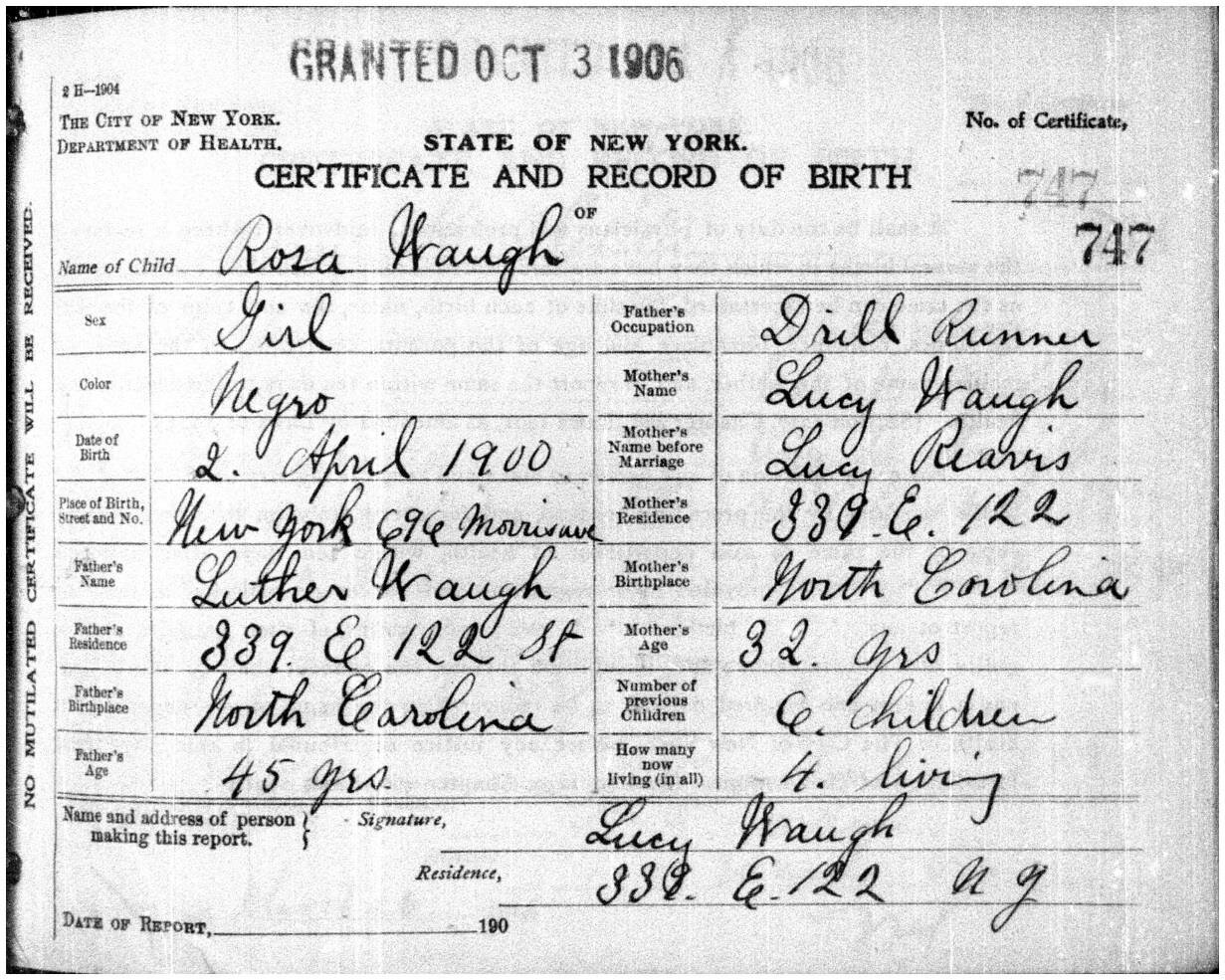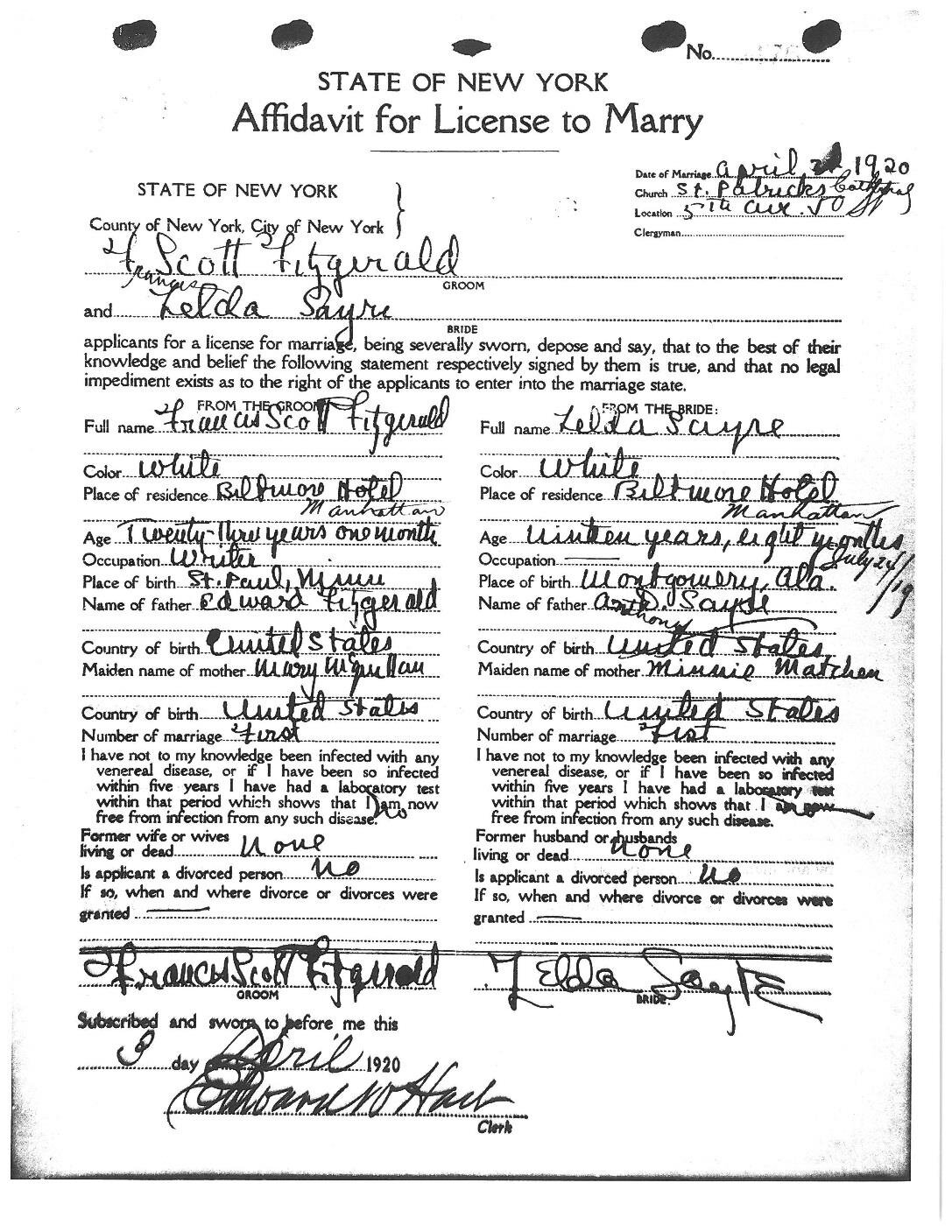On February 26, 1875, Mary Halpine, age two months, was buried in trench no. seven at the City Cemetery on Hart Island. According to the cemetery burial ledger, Mary was born in New York City and died from Atelectasis (collapsed lung) at Bellevue Hospital on February 25.
Hart Island Bulk Head, January 13, 1972. Department of Marine and Aviation Collection, NYC Municipal Archives.
The entry recording the death and burial of Mary Halpine is the first one in a ledger recently donated to the Municipal Archives collection of City Cemetery burial records.
The City of New York purchased Hart Island in 1868 and designated it for the burial of indigent and unclaimed persons. The Department of Public Charities and Corrections was given responsibility for the burials and record-keeping.
In 1988, City archivists transferred all extant burial records dated prior to 1975 that had been stored on the Island, to the Municipal Archives. The earliest ledger in the series recorded burials beginning in May 1881. There are significant gaps in the collection during the 1950s and 1960s due to water damage. In 2018, the Archives accessioned a ledger, with entries dating from May 1872 through February 1875, from the Department of Corrections Historical Society. The latest addition to the Archives collection of City Cemetery ledgers lists burials beginning in February 1875, through 1877.
City archivists transferred City Cemetery burial ledgers to the Municipal Archives from Hart Island on a Department of Corrections vessel, 1988. NYC Municipal Archives.
The City Cemetery burial records provide significant data for both family history research and investigation into broader topics such as immigration, public health, and social services. The ledgers list the name of the deceased person (if known), age, birthplace, how long in the country, date, cause and place of death, and date of burial. The ledger also indicates religion, although this information appears to have been inconsistently recorded, likely due to a lack of knowledge about the decedent’s affiliation. There is also a remarks column.
At the conclusion of each month the clerk maintaining the ledger carefully tallied the total number of burials, and where the deaths occurred. The greatest number of deaths are recorded as “outdoor poor” which means they occurred somewhere other than an institution—at home, on the street, aboard a ship etc. Bellevue, Almshouse, Charity Hospital, Foundling Asylum, Riverside Hospital, Small Pox Hospital and Lunatic Asylum, account for the majority who died in institutions.
City Cemetery Burial Ledger, February 1875 – January 1878. NYC Municipal Archives
The birthplaces of the deceased reflect early-to-mid-nineteenth century immigration patterns in New York City. Most decedents are native born, or from northern European countries. For example, between June 5 and June 9th, the decedents’ birthplaces included Germany, Ireland, France, Scotland, Austria and New York.
Cause of death information also reflects the reality of New York City life at that time. Although the clerk did not tabulate causes, reviewing the list shows a world without good health care and modern medicine. Small pox, tuberculosis, pneumonia, and diptheria are just a few of the diseases that took the life of many city residents. Which is probably why “old age” is rarely recorded as a cause of death. Some of those who died of advanced years are Alice Crosby, age 68, born in Ireland, died on July 2, 1876; Ann Kiernan passed away on July 7, 1876, age 69, and Philip Mitchell, on March 25, 1876 age 70.
Also notable is the frequency of “drowning” as a cause of death. But based on the place of death, it appears that most were probably not related to recreational activities. During the first week of June1875 three unrelated persons drowned: an unknown man, age 40, found at Pier 9, in the East River; John Maurer, age 50, in the Harlem River, and another unknown man, no age, found at Pier 42, North River.
Most persons listed in the cemetery ledger died of “natural” causes. However, German-born Fritz Reichardt, age 54, died on May 29, 1877, of a “pistol shot wound of head” on 7th Street between 8th and 9th avenues.
City Cemetery Burial Ledger, February 1875 – January 1878. Recapitulation, May 1876. NYC Municipal Archives
The remarks column is mostly blank except for notations regarding disinterment and reburial. In one instance, in August 1876, an “unknown man” was apparently later “recognized as William Bement,” age 60. He died in the “woods on 128th Street near 10th Avenue.” His body was disinterred and delivered to Taylor & Co., at 16 Bowery, for removal to Elmira, N.Y. Most “unknown” burials did not have such a conclusive ending.
Scanning the names recorded in the ledger, one is immediately struck by the number of children buried in the cemetery. Indeed, the second page of the ledger is almost entirely children: Bridget Daily, age one month, from smallpox; Thomas Dowers, twenty-days, of marasmus (mal-nourished); six still births—boy of Anne Purvis, girl of N. Sullivan, girl of Catherine Beaufort, and an unnamed male and female. Mary Ann (no last name), a two-year old founding, died of Scarlatina on 68th Street, between 8th and 9th Avenues.
Some clerks appear to have been more diligent in recording information about deceased children; or perhaps they simply had access to more specific data. Listings during the last week of July 1877, for example, include several premature and stillborn children. On this page, the clerk carefully wrote “female child of George and Carol Briner (stillborn); female child of John and Mary Ray (stillborn).”
New York City continues to bury its indigent and unclaimed deceased persons on Hart Island. In 2021, the City transferred jurisdiction over the Island from the Department of Corrections to the Department of Parks and Recreation. During Covid, the Department of Corrections had been overwhelmed by the quantity of burials and this function was transferred to contractors. Subsequently, the Human Resources Administration has assumed responsibility for the burials and record-keeping.














